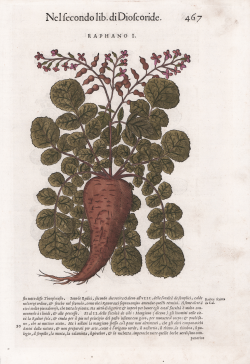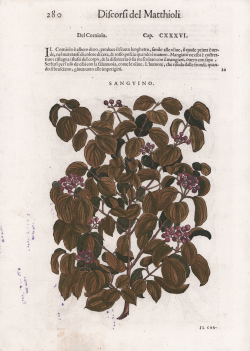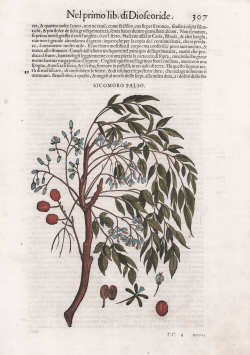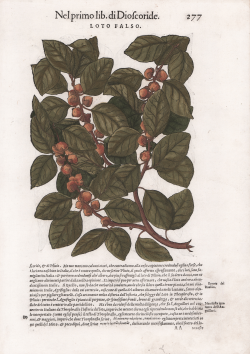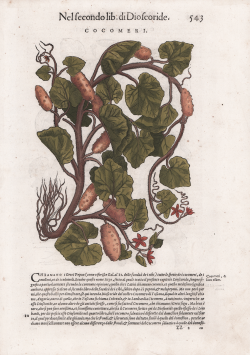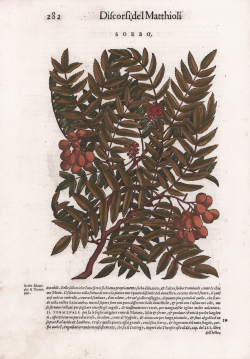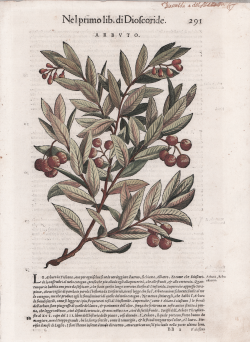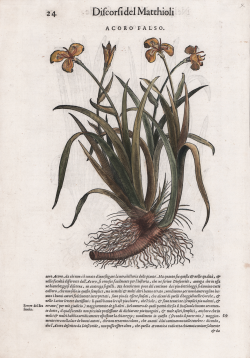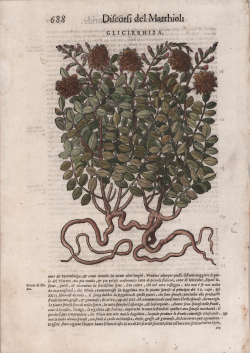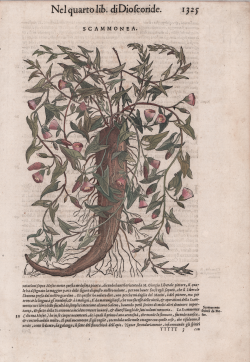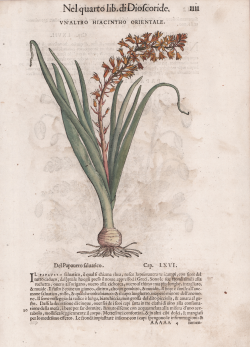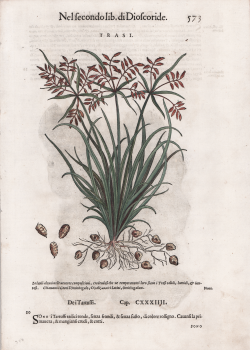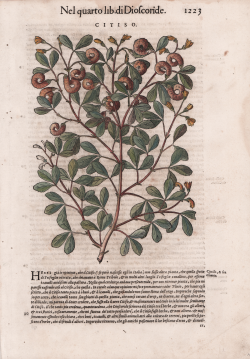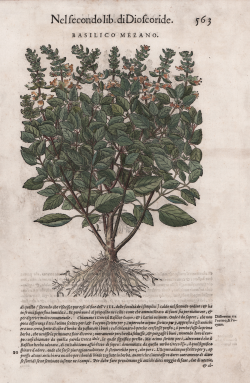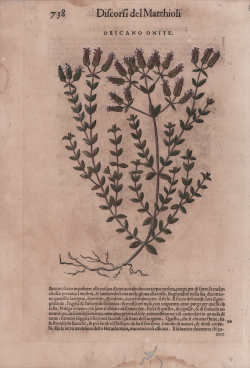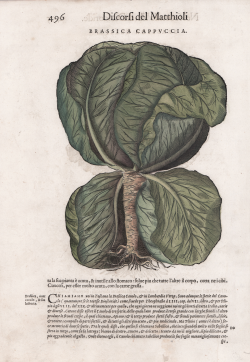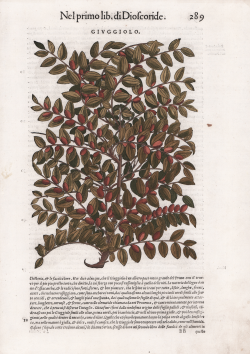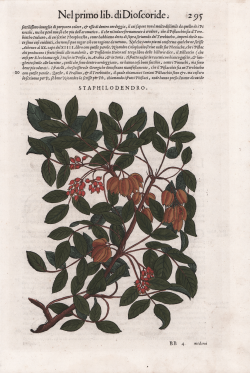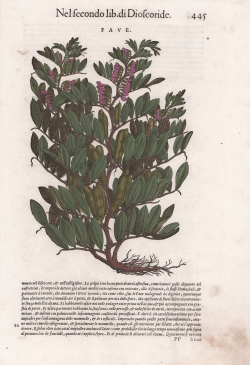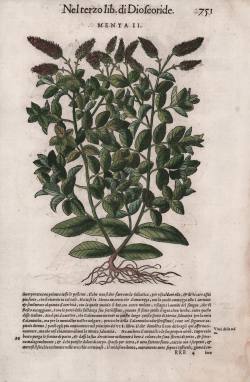Sicomoro falso
Pietro Andrea MATTIOLI
Code:
s1243
Measures:
240 x 340 mm
Year:
1570 ca.
Printed:
Venice
Acoro falso
Pietro Andrea MATTIOLI
Code:
s19489
Measures:
240 x 340 mm
Year:
1570 ca.
Printed:
Venice
Glicirrhiza
Pietro Andrea MATTIOLI
Code:
s19079
Measures:
240 x 340 mm
Year:
1570 ca.
Printed:
Venice
Un altro Hiacintho Orientale
Pietro Andrea MATTIOLI
Code:
s1246
Measures:
240 x 340 mm
Year:
1570
Printed:
Venice
Basilico Mezano
Pietro Andrea MATTIOLI
Code:
S19506
Measures:
232 x 340 mm
Year:
1570 ca.
Printed:
Venice
Oricano Onite
Pietro Andrea MATTIOLI
Code:
S19485
Measures:
205 x 320 mm
Year:
1570 ca.
Printed:
Venice
Brassica Cappuccia
Pietro Andrea MATTIOLI
Code:
S19503
Measures:
230 x 340 mm
Year:
1570 ca.
Printed:
Venice
Staphilodendro
Pietro Andrea MATTIOLI
Code:
S1236
Measures:
240 x 340 mm
Year:
1570 ca.
Printed:
Venice

